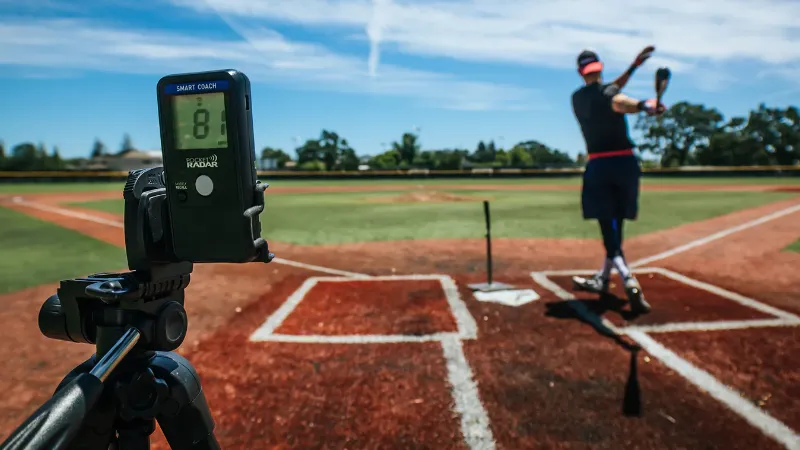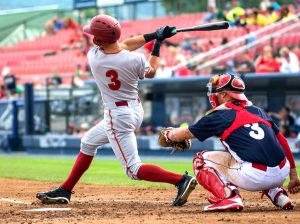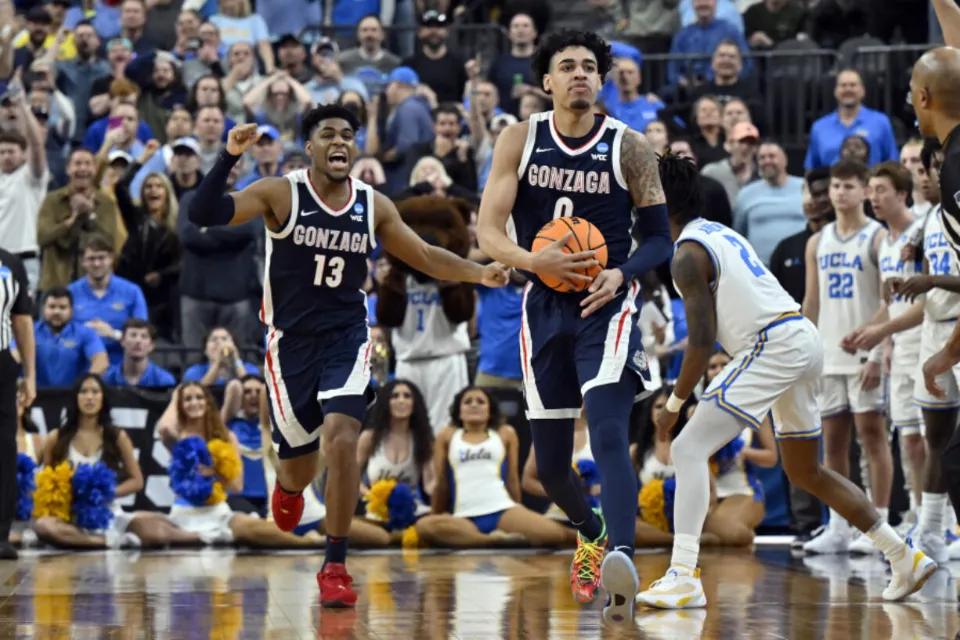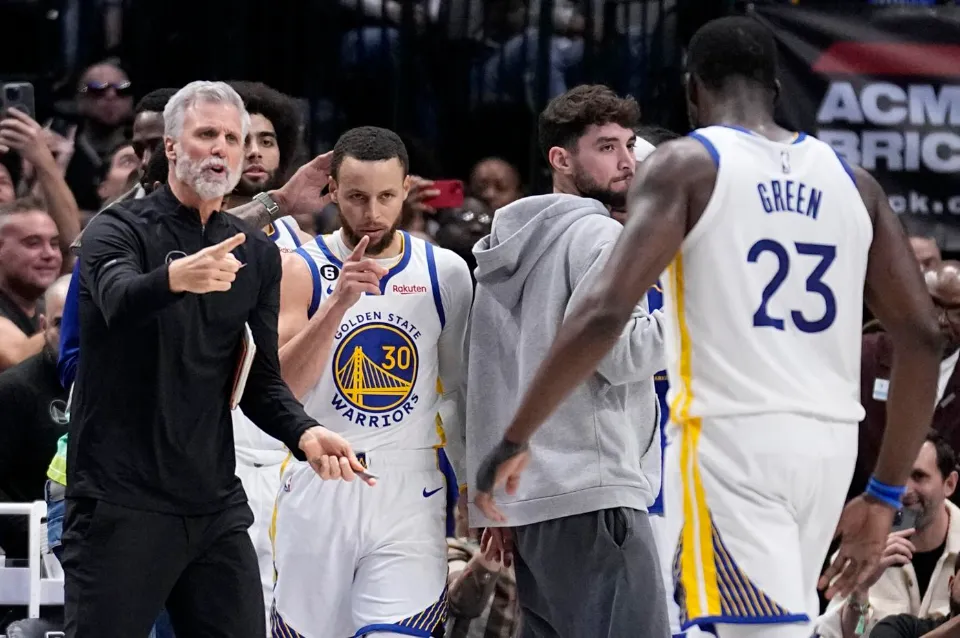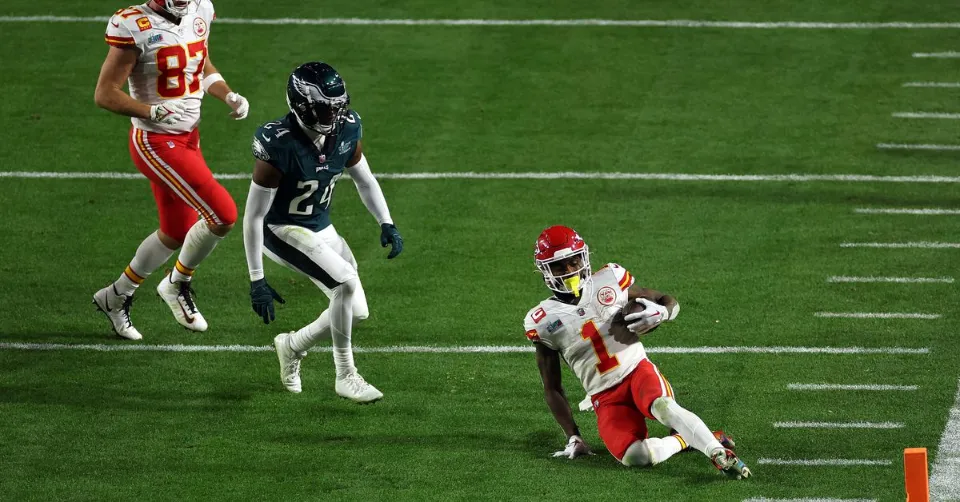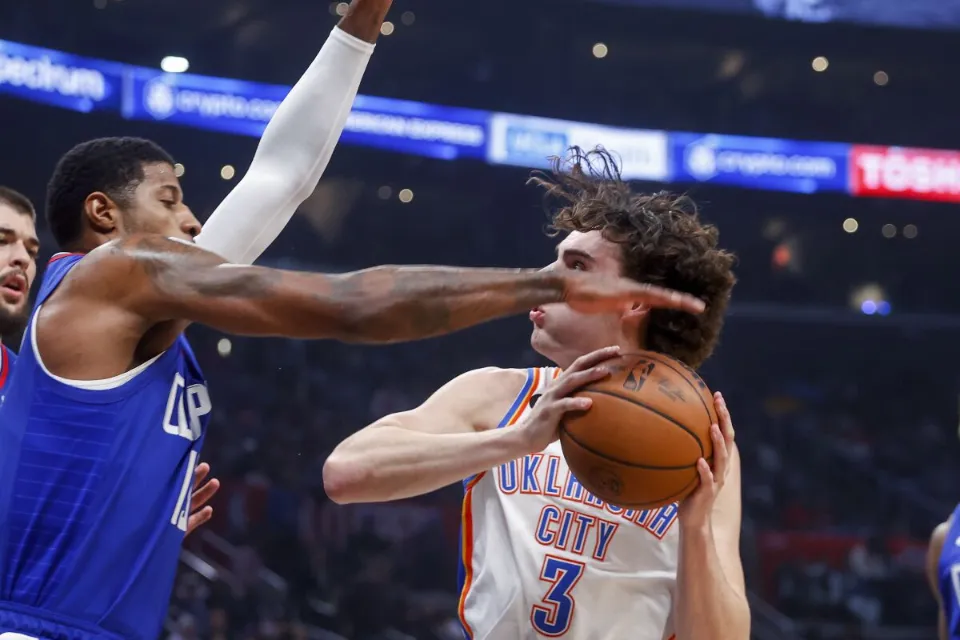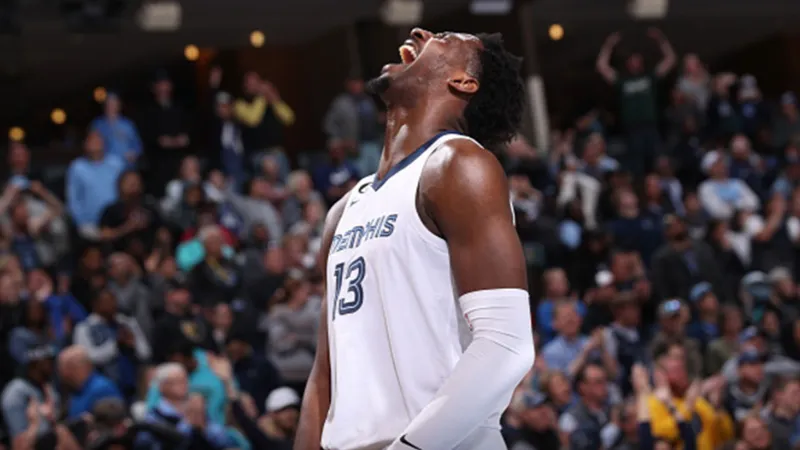What Is DB In American Football? The Ultimate Guide
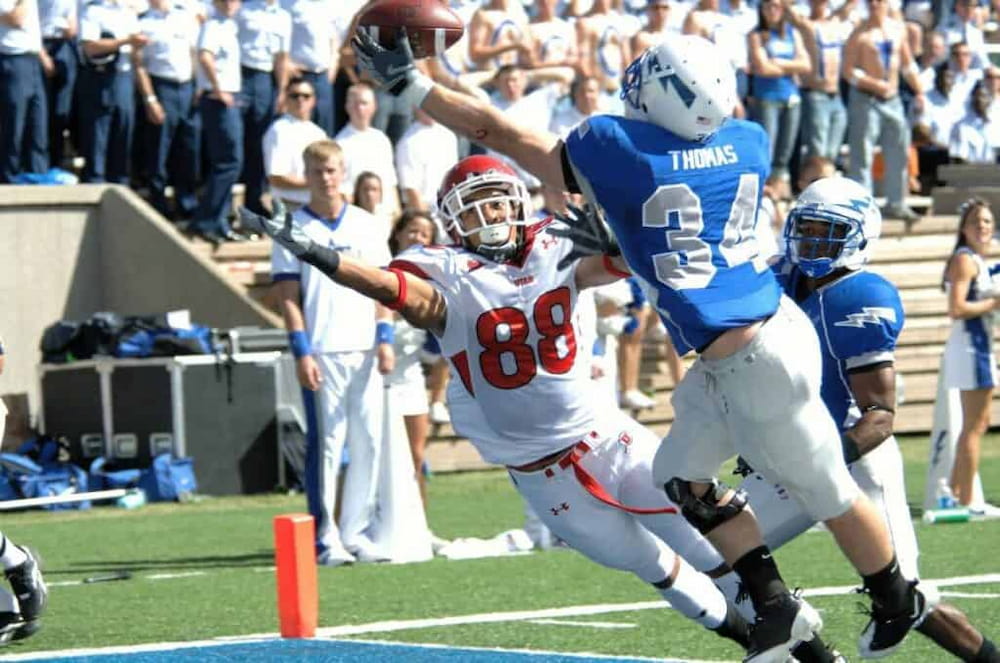
11 positions are used in American football. Since coaches can discuss a group of players rather than just one player, these positions are frequently classified as position groups. On both offense and defense, this holds true.
In American football, DB is short for “defensive backs.” In order to prevent the offense from scoring, these players cover the backfield. Due to their athleticism and propensity for making plays, many defensive backs are explosive players who quickly win over their supporters.
Please read on.
Table of Contents
What Do Defensive Backs Do?
Athletically versatile defensive backs play a variety of roles throughout a game. DBs may be required to play man defense, zone coverage, or blitz depending on the play call.
A DB must protect a particular offensive player when playing man coverage. Normally, DBs are tasked with defending wide receivers, but they may also be given the task of defending tight ends or running backs. A DB must follow their opponent wherever they run. If they already have the ball, they must be prepared to tackle their opponents or deflect passes.
In zone coverage, a DB must defend a specific area – or “zone” – on the field. A DB must be ready to intercept or deflect the pass when the quarterback throws the ball close to their zone. A DB must make the tackle if a ball carrier ventures into their territory.
Plays involving a DB blitz are occasionally called by coaches. A defensive play called a blitz involves more than four players rushing the quarterback (typically, four defensive linemen plus at least one non-defensive lineman).
Due to the defensive back’s long distance to travel to the line of scrimmage, the offense does not anticipate DB blitzes. An open field for the quarterback to throw downfield results from a DB blitz, which puts the defense at risk. But the defense will benefit greatly if the DB blitz is successful. A bad throw could be forced or the extra player blitzing could tackle the quarterback for a sack.
DBs need to be strong all-around athletes because they are in charge of stopping an offense’s playmakers. They must have high verticals to compete with taller receivers and the quickness and speed to keep up with the fastest offensive players. DBs require strength to avoid being outmuscled by larger players when tackling or contesting a pass.
How To Play Defensive Back?
To succeed, defensive backs need to be alert, quick, and coordinated. Before the snap, they must also align themselves in the proper position. Defensive backs can set up in a variety of ways. How they will defend after the snap depends on the type of coverage used. For defensive backs, there are various types of coverage.
A DB must follow his assigned opponent, whether it be a tight end, running back, or wide receiver, when performing man coverage. The opposing quarterback won’t have any open receivers to throw the ball to if your team plays effective man coverage. Playing man coverage, however, has risks. An adept wide receiver can juke or turn, forcing the DB to change course. The DB runs the risk of losing the receiver if he overreacts and giving up a successful pass.
A DB must cover a certain area of the field in order to practice zone coverage. Because wide receivers’ routes are complex, zone defense has the advantage of not offending the defenders. DBs wait until the ball is thrown before pursuing receivers. Be prepared to intercept passes that land in your zone or stop them from reaching a receiver! Good quarterbacks can easily find throwing lanes between zones, which is the biggest danger of zone coverage.
For defensive backs who want to impede wide receivers’ routes at the start of each play, press coverage is the best option. A DB who is performing press coverage approaches the line of scrimmage and takes a position facing the receiver he is guarding. The DB tries to obstruct the receiver’s path as soon as the ball is snapped. The play won’t go as planned if the wide receiver is unable to run his usual route.
There are risks involved in press coverage. The receiver may be able to break open downfield if the DB is unsuccessful in stopping or altering the receiver’s route. The DB is forced to back up or turn around and chase after the receiver in order to keep up. A big play for the offense could result from poorly executed press coverage!
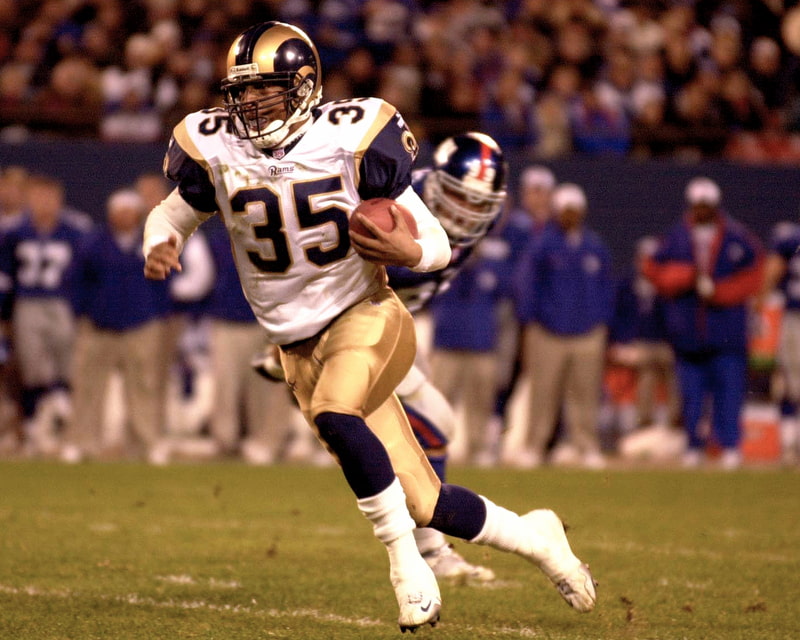
Defensive Backs In American Football
Defensive backs are referred to as DBs in American football. Due to their responsibility of covering wide receivers, these players are frequently the swiftest on the defensive side of the ball.
Because they frequently serve as the last line of defense and the back of the defense, they are known as defensive backs.
In American football, positions are frequently grouped because controlling a group of players rather than a single position is simpler.
Saying the D-Line rather than naming every defensive line position, for instance, is simpler. Instead of naming every type of linebacker, it’s easier to say “the linebackers.”
The same is true for the defensive backs (DBs), who frequently make up the defensive backfield’s starting lineup of 4 (or 3). Learn about every player who is a defensive back.
We provide free training manuals and an entire football handbook if you’re interested in learning more about the defensive back position. All the information you require regarding man and zone coverages, as well as the duties assigned to defensive backs on each play, can be found in the handbook.
Cornerback
Wide receiver coverage falls on the shoulders of the cornerback. The cornerback frequently covers the widest receiver on the field by being the widest player on the field.
These players are frequently long and tall or short and quick. Being a cornerback requires a player to be extremely athletic because they must move both forward and backward.
NFL players who excel at their craft include Darrelle Revis and Stephon Gilmore. Some of the top wide receivers in the league were rendered ineffective by these players.
Extreme patience and ball tracking skills are necessary for cornerback play.
One of the DBs present in almost every defense is the cornerback.
Strong Safety
Also included in the DB groupings is the strong safety position. Although coaches may decide not to use a strong safety, strong safetys are present in most defenses.
Strong safeties can hit and track the football like a defensive back even though they are frequently too small to be linebackers. These players are in charge of playing the run and covering the pass.
Because the player must play both the run and the pass, they are referred to as strong safeties. On the strong side of the formation, these players frequently line up.
The running strength of the formation, where there are more tight ends and fullbacks, or the passing strength, where there are more eligible receivers, make up the formation’s strong side.
To play this defensive back position, you must be tough and athletic.
Free Safety
Every type of defense includes a free safety position for the defensive backs.
Safety is how they refer to it because it is the final line of defense. If an explosive play occurs, these players are in charge of making sure the offense doesn’t score.
Any play that gains 15 yards or more, whether it be a run or a pass, is considered explosive. A defense’s day will be ruined if an offense manages to gain 15 or more yards on a run or pass play.
The safety must make a tackle if either the defensive line or the linebackers miss one. The offense frequently scores a touchdown if the safety misses a tackle.
Being the defense’s safety valve, the safety position is one of the most important defensive back positions on the field.
Read on to find out more about the positions in American football.
Is A DB The Same As A CB?
Defensive backs include cornerbacks. The collective of defensive players is known as a defensive back. Cornerbacks and safeties are among the defensive players mentioned. Three or four defensive backs are frequently present on the field at all times.
The fastest players on the field are frequently the defensive backs because they are tasked with defending the wide receivers for the offense.
Football has changed from being a power game to being more of a speed game. The speed on the defensive side of the ball must match the speed on the offensive side.
Because of this, DBs are critical to the defense’s ability to stop the offense.
What Positions Are There On The Field For Defense?
Football teams frequently have a few key positions that effectively cover the field when they line up on the defensive side of the ball. The positions include defensive linemen and defensive ends, who stand behind the line of scrimmage, linebackers, who stand in front of the line of scrimmage, and defensive backs, who have more mobile positions. Between the offensive and the end zone, these positions offer several defense layers.
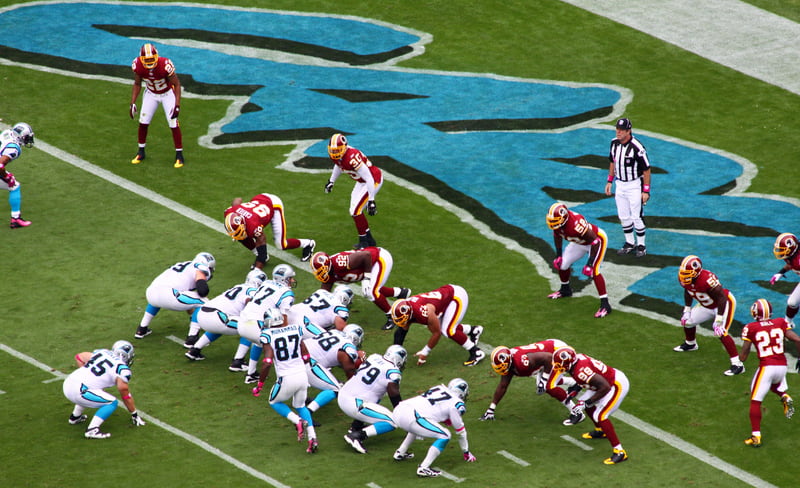
Why Do Defensive Backs Play Such A Vital Role In Football Games?
One of the most useful tools a defensive coordinator has at their disposal are defensive backs. This is due to the fact that they can easily field more or fewer backs depending on the type of play the opposing team is exhibiting.
Popular Defensive Schemes
In American football, the nickel defense with five defensive backs is one of the most fundamental defensive strategies. In this scheme, the fifth defensive back is frequently referred to as a nickel back. This fifth player could be a versatile cornerback who can aid in man coverage or a free safety who can cover more of the defensive backfield.
Six defensive backs make up the dime defensive scheme, which is frequently used to stop passing plays. The sixth defensive back is usually called a “dime back.” Teams may deploy their most aggressive pass coverage and a quarter defense with seven defensive backs in high-risk situations.
For the defensive coordinator, these schemes present important challenges. This is so that each team can only have 11 defensive players on the field at once. As linebackers and linemen are necessary for stuffing the line of scrimmage and blocking running plays, a team must use fewer of them in order to use more backs.
Best Defensive Backs In NFL History
The best defensive backs can outrun the quickest runners, leap over the tallest receivers, and capitalize on errant passes. But the very best defensive backs are so excellent that quarterbacks shudder to throw to them! Deion Sanders, a cornerback, is among the best defensive backs in NFL history because of this.
A new defensive back subtype, the shutdown corner, was established by Sanders’ play. Sanders was considered a shutdown corner because he was so skilled that he “shut down” his half of the field. Sanders was being covered by receivers, so quarterbacks wouldn’t throw to them.
Sanders profited whenever the ball headed in his direction, despite quarterbacks typically avoiding throwing at his assignments. Sanders amassed 53 interceptions during his NFL career, nine of which he returned for scores.
Sanders was such a great athlete and fierce competitor that, despite retiring at age 34, he returned to the game three years later. The Baltimore Ravens acquired Sanders when he was 37 years old. Before finally calling it quits, he played for two more seasons.
The best defensive backs in the NFL include Ed Reed as well. At 5’11”, Although Reed wasn’t the biggest safety in the league, he was one of its most aggressive and feared defensive players.
The Baltimore Ravens were Reed’s primary team for 12 of his 13 seasons. More than 600 tackles were amassed by him, and three times he led the NFL in interceptions. He won the NFL’s Defensive Player of the Year award in 2004, which safeties rarely do. The most significant accomplishment for Reed was winning the Super Bowl in 2012, his final campaign with the Ravens.
Best Defensive Backs In College Football History
In college football, only one player—a defensive back—has ever won the Heisman trophy for outstanding defensive play. Charles Woodson is among the best defensive backs in the annals of college football for this reason.
Woodson played on both sides of the ball in his second and third seasons. He averaged about 10 offensive plays per game while containing receivers defensively. Woodson had 16 interceptions over his first three seasons of college play.
Woodson’s Michigan Wolverines won the NCAA Football Championship with a Rose Bowl victory over Washington State to cap off his 1997 Heisman season. In the 1998 NFL Draft, Woodson was chosen with the fourth overall pick. He later had a Hall of Fame professional career.
Rod Woodson, who is not related to Charles, was another outstanding defensive back in college. Rod played both offense and defense for a Big Ten school, just like Charles did at Purdue. Even stranger, they eventually joined forces with the NFL’s Oakland Raiders!
In the annals of college football, Rod Woodson was among the most successful defensive backs. He recorded 455 tackles, four forced fumbles (seven of which were recovered), 11 interceptions, and 29 passes broken up during his four seasons at Purdue.
Woodson started in all three phases of Purdue’s final game, including offense, defense, and special teams. Woodson contributed 93 rushing yards, 67 receiving yards, 10 tackles, one pass breakup, one forced fumble, and 76 return yards in this victory over Indiana, giving him a whopping total of 204 total yards.
Rod Woodson is a member of both the Pro Football Hall of Fame and the College Football Hall of Fame, as you might have guessed.
Quick thinkers, swift movers, and adaptable athletes are required traits for defensive backs. A great DB can pressure a quarterback into making poor decisions because of their fear of interceptions or their terror of being sacked.
See more about
What Qualifies As A Good Defensive Back In American Football?
Defensive backs must be well-rounded football players with specialized abilities that other players might lack. The ability to backpedal quickly to keep up with a receiver without turning around is a key skill that the majority of defensive backs possess. These players frequently need to be strong enough to compete with a receiver for the ball while not being too bulky or slow.
In The NFL Hall Of Fame, How Many DBs Are There?
As of January 2022, the NFL Hall of Fame is home to 36 different defensive backs. These players are frequently crucial to a football team and quick fan favorites because they have the ability to make game-changing plays.
Which NFL Hall Of Fame DBs Have The Most Notable Names?
Deion Sanders is one of the football hall of fame’s most illustrious cornerbacks. With a nickname like “Primetime,” it’s no surprise that this dynamic football player made it into the hall of fame. In addition to playing on special teams as a kick and punt returner, Sanders had 53 career interceptions while playing both the defensive and offensive sides of the ball.
Green Bay Packers and Oakland Raiders were both a part of Charles Woodson’s lengthy, nearly 20-year career. He appeared in two Super Bowls during that illustrious career, and along with Rod Woodson and Darren Sharper, he holds the NFL record for most defensive touchdowns.
Steelers supporters enjoyed watching Troy Polamalu charge the line of scrimmage during a blitz. To make daring plays that frequently caught offensive teams off guard, he could leap over his defensive line. He distinguished himself from the others with his playing style and hair.
Last but not least, Ed Reed spent the majority of his career with the Baltimore Ravens, and his two tackles helped them win Super Bowl XLIII. After a lengthy playing career, he began coaching and is currently a member of the Miami Hurricanes’ coaching staff in college football.
Final Words
Defensive backs are what the term “db” in football refers to. In gridiron football, protective backs (dbs), also known as the secondary, are the players who play the ball’s protective side the furthest away from the line of scrimmage.
The fifth defense is once more commonly referred to as the nickelback, after the five-cent coin used in the United States. and Canada is referred to as a nickel).
Consequently, a sixth shielding return is also known as a dimeback (due to the fact that the U.S. and Known as a dime, Canada hardly ever, groups might also appoint seven or even eight protecting backs.
Since American football players play defenses at their backs and cover wide receivers very effectively, defensive backs are crucial to the game. They also seem to find it easier to play in groups than on their own.
The coach finds it simple to call or direct the players in their groups, but it is challenging for the leader or coach to direct or call the lone player.
A cornerback in the NFL should be able to run the 40 yards in under 4.4 seconds. They are actually the defensive back with the fastest movement. It stands at least 6 feet tall and weighs 180 to 190 pounds.
